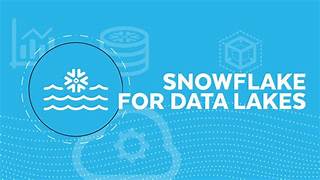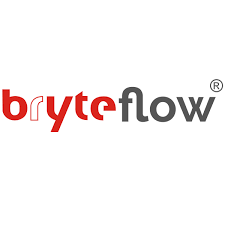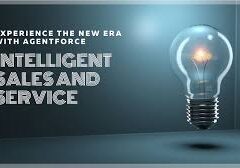Can Snowflake Be Utilized for Data Lakes?
Snowflake’s cloud-native architecture offers significant advantages for enhancing data lakes. By integrating various architectural patterns, Snowflake simplifies the creation and management of data lakes, enabling organizations to fully capitalize on their data assets. Here’s why Snowflake is an ideal solution for data lakes:
Typical Steps in Building a Data Lake:
- Set Up Storage: Establish the foundational storage infrastructure.
- Move Data: Transfer data into the lake.
- Cleanse, Prep, and Catalog Data: Prepare data for analysis and organization.
- Configure and Enforce Security and Compliance Policies: Implement necessary security measures and compliance standards.
- Make Data Available for Analytics: Ensure data is accessible for analytical purposes.
Does Snowflake Utilize AWS or Azure?
In Snowflake, an “external stage” refers to a location outside its own storage where data files can be kept. Both AWS and Azure can be utilized as external stages in Snowflake, offering flexibility in data storage options.
Snowflake for Data Lakes:
- Deploy Flexible Architectures: Snowflake supports various architectural patterns with governed, optimized storage at scale. It unifies data with fully managed, compressed storage, reducing the need to integrate multiple services.
- Simplify Data Access: Manage and access external data lake storage without copying or moving data. This integration reduces costs compared to traditional ETL pipelines and API-based solutions.
- Comprehensive Data Management: Use Snowflake’s features such as Classification, Object Tagging, Dynamic Data Masking, External Tokenization, and Row Access Policies for robust data governance.
- Code in Your Preferred Language: Run pipelines with Snowflake’s elastic multi-cluster compute. Snowpark allows coding in Python, Scala, or Java, facilitating secure processing without additional clusters or data duplication.
- Exceptional Performance and Cost Efficiency: Snowflake provides fast querying of semi-structured data, with near-instant elasticity and consumption-based pricing.
Snowflake on Azure for Data Lakes:
For Microsoft Azure users, Snowflake delivers performance, security, and seamless management. Integration with Azure Data Factory (ADF) enhances data ingestion and querying capabilities within Snowflake.
Why Choose Snowflake for Data Lakes?
- Exceptional Query Performance: Supports a virtually unlimited number of concurrent users and queries, minimizing time to insight.
- Integrated Data Pipelines: Facilitates streamlined development, scalability, and real-time scaling of data pipelines.
Success Stories:
Siemens: Transitioning from a large on-premises SAP HANA data lake to Snowflake allowed Siemens to overcome scaling issues and integrate AI solutions more effectively. Christian Meyer, Head of Cloud Operations and Chief Technology Architect at Siemens AG, noted the challenge of scaling and integrating diverse data types and the benefit of separating storage and compute to control costs.
Bumble Inc.: Using Snowflake as a unified platform for data warehousing, business intelligence, and data lakes, Bumble democratized data access, enhanced collaboration, and fostered innovation. Head of Data Vladimir Kazanov highlighted that Snowflake addressed the limitations of their legacy data warehouse, improving reporting consistency and efficiency.
Snowflake’s capabilities make it a powerful tool for managing data lakes, offering flexibility, efficiency, and scalability for organizations across various industries.













